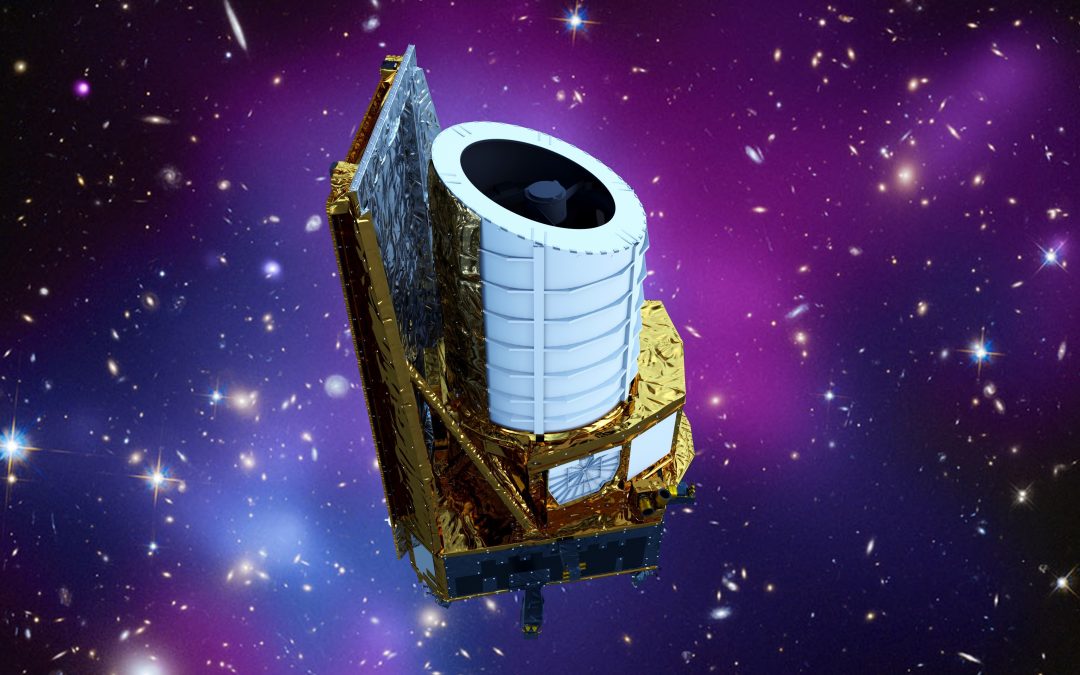Successful launch of the Falcon 9 rocket from Cape Canaveral, carrying the European satellite Euclid. Its objective: measuring and studying the effects of dark matter and energy, by mapping a third of the celestial vault to understand the acceleration of the expansion of the Universe over the last 10 billion years. Bertin Winlight took part in this space mission, supplying high-performance equipment for the NISP wide-field spectrograph (Near Infrared Spectro Photometer).
Led by the European Space Agency (ESA), Euclid is a European cosmology mission aimed at understanding dark energy in the visible and infrared range, using a 1.2 m telescope equipped with two instruments: NISP, a near-infrared spectrophotometer, and VIS, a visible imager. For 6 years, the Euclid satellite will observe and study nearly 15,000 square degrees, providing detailed images of around 2 billion galaxies and spectroscopy of over 50 million of them. Euclid will thus provide the most detailed 3D map of our Universe, looking back some 10 billion years.
Developed under the leadership of the Laboratoire d’Astrophysique de Marseille (LAM), in collaboration with the Centre National d’Etudes Spatiales (CNES), NISP is a wide-field spectrograph working in the near infrared. Between 2015 and 2019, Bertin Winlight designed, manufactured and integrated the NISP instrument’s grisms, as well as a test and calibration bench (Optical Ground Support Equipment) dedicated to focusing NISP.
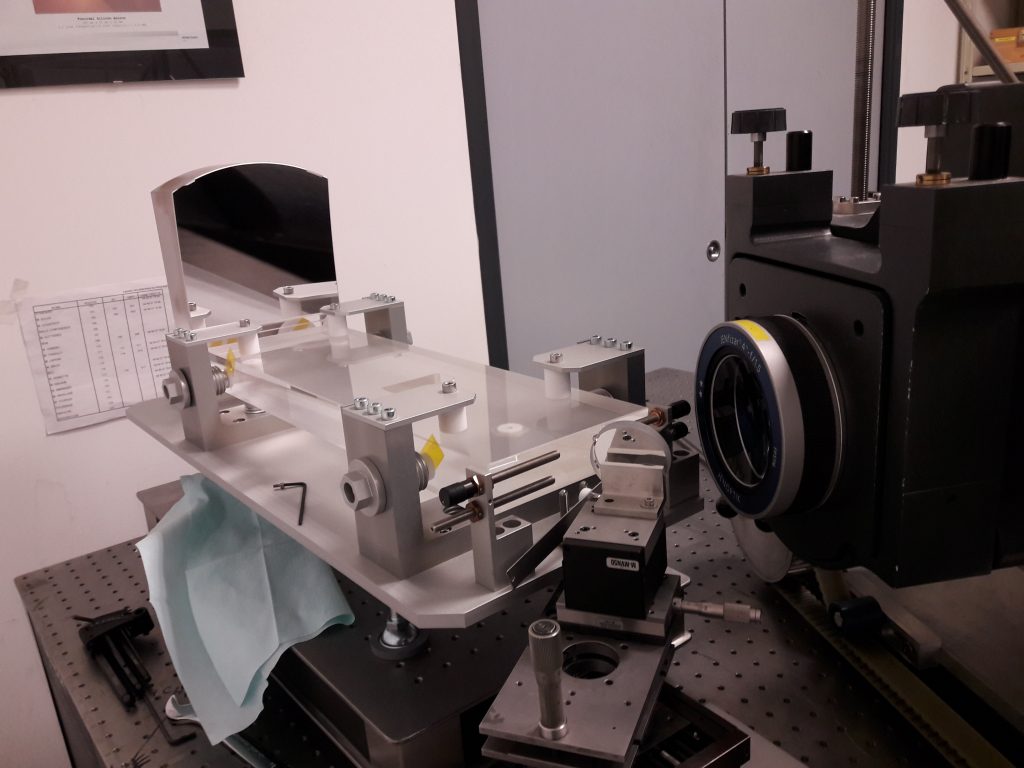
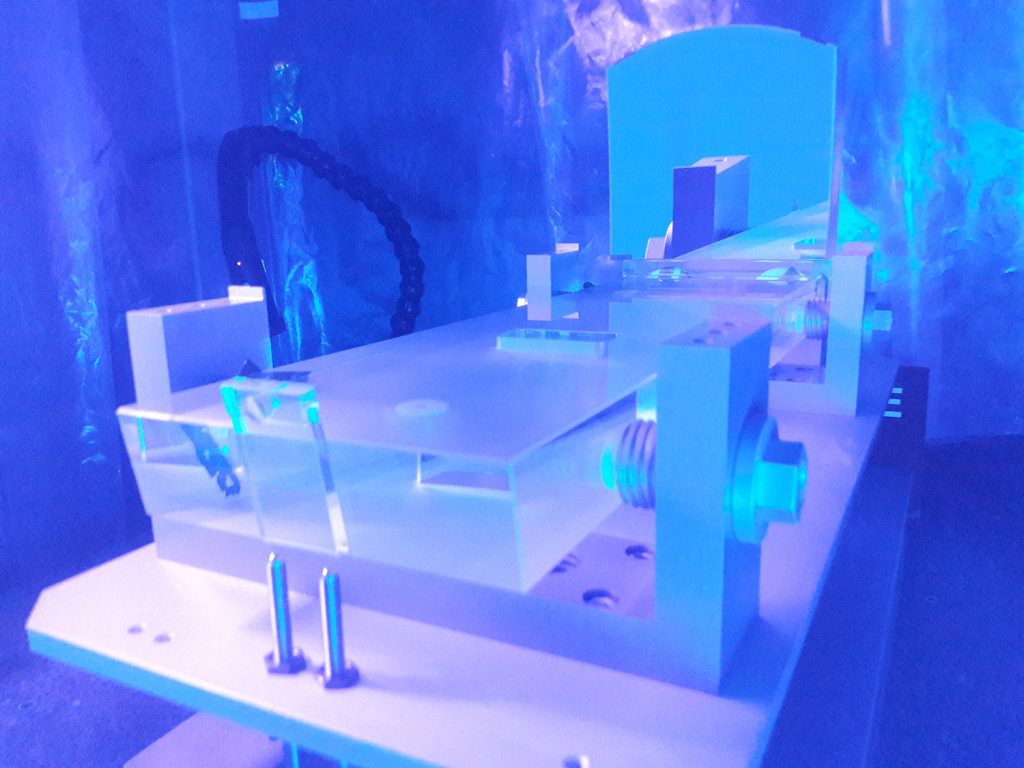
Optical Ground Support Equipment
The grisms, silica dispersing elements, were machined, polished and bonded into the structure, prior being qualified by Bertin Winlight in a complex environment. A high-precision telescope simulator was also supplied to the project, to adjust and verify the focusing of the NISP instrument.
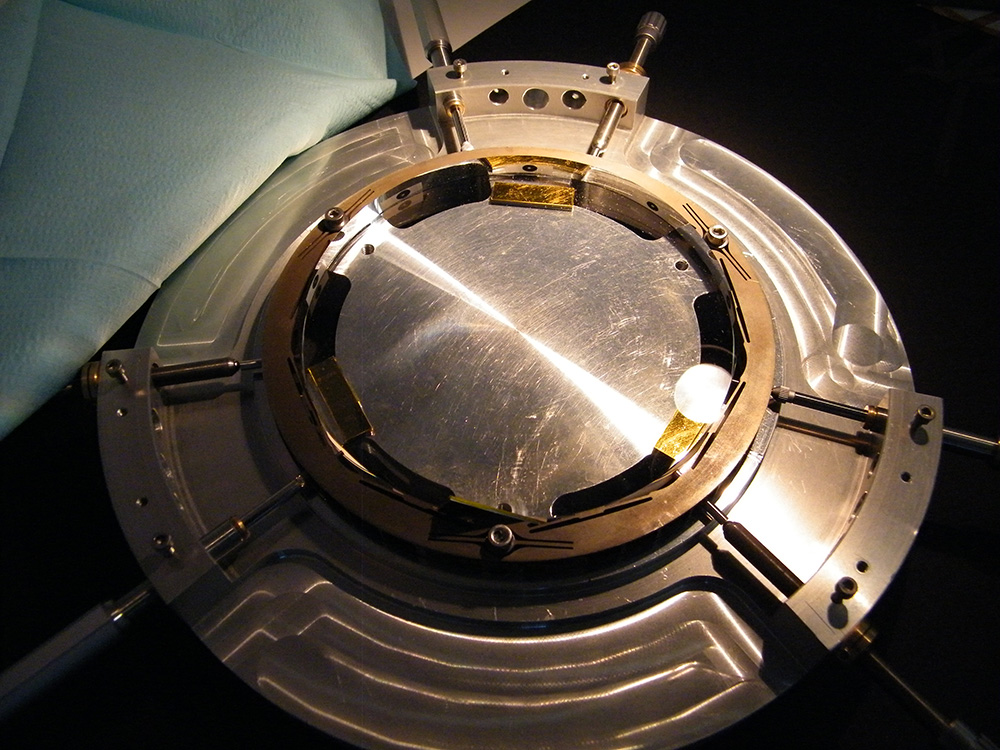
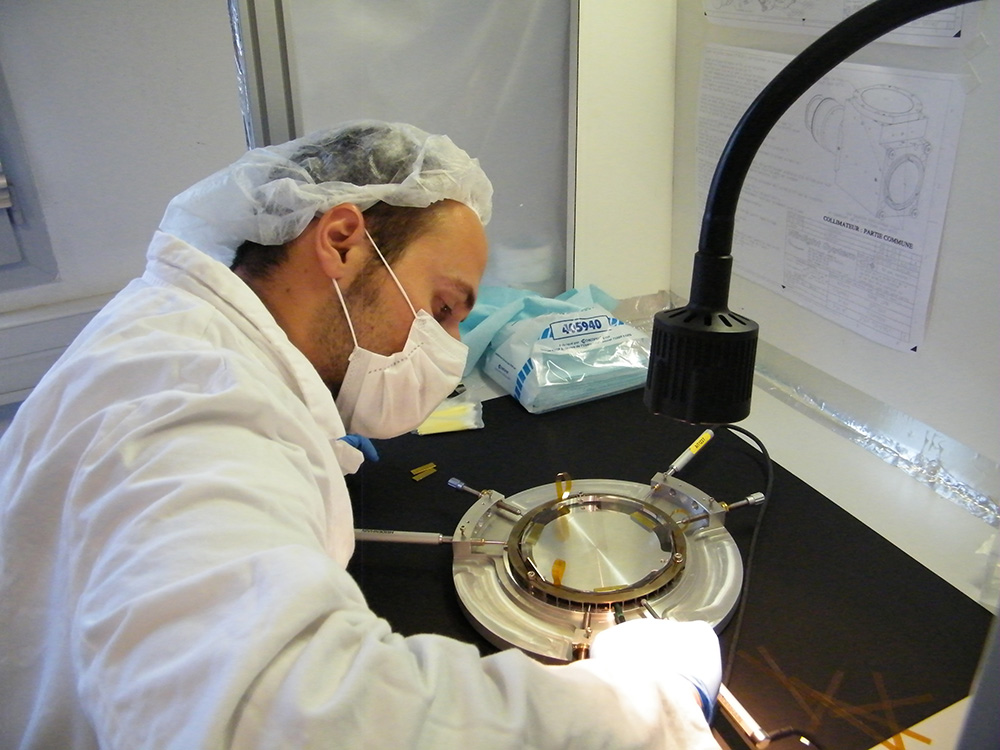
Grisms
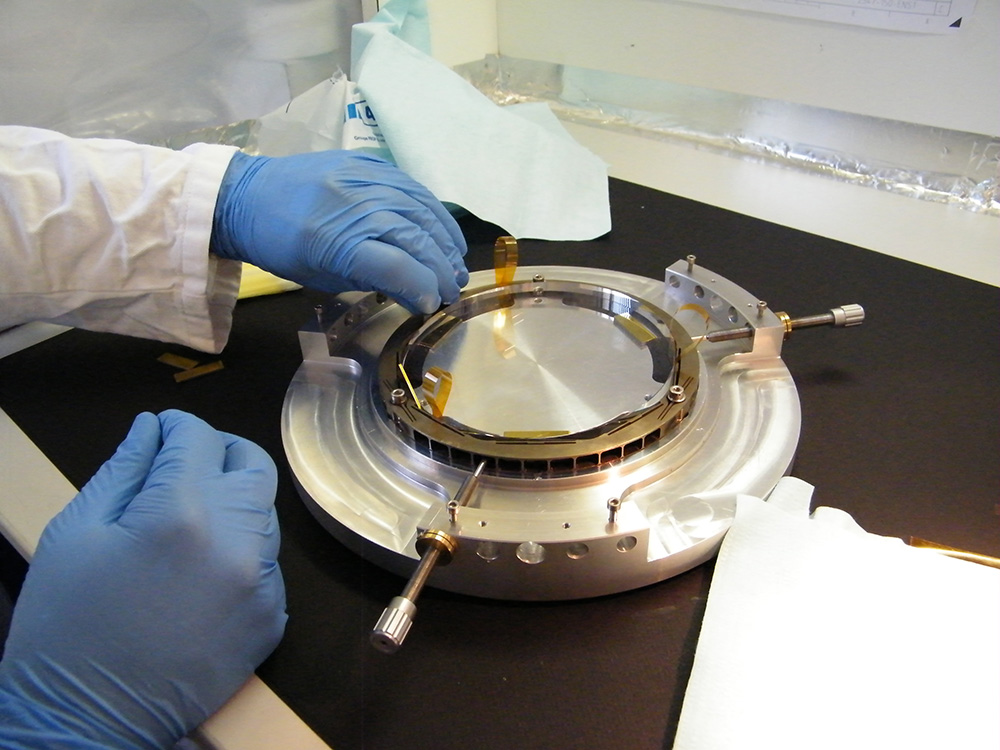
This ambitious project, carried out in collaboration with LAM and Silios, once again demonstrates Bertin Winlight’s expertise in the design and manufacture of complex systems for scientific satellites, whose high optical performance is key to the success of major space missions.
To relive the launch:

